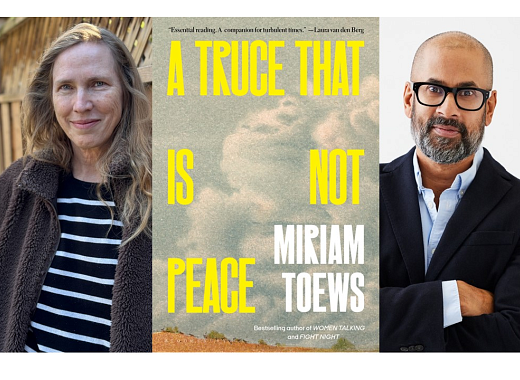
This week we’re taking Photo of the Week on a journey uptown.This 1846 map shows a cross-section of the southern portion of the Old Croton Aqueduct, from the Harlem River to the Distribution Reservoir (at the present-day location of Bryant Park), and resulting flow of water to the southern tip of Manhattan at the Battery. Construction of the Old Croton Aqueduct began in 1833 in response to repeated epidemics in the city, including yellow fever and cholera. A clean water supply was needed to mitigate the unsanitary conditions in the city.
The construction of the Aqueduct cost an unprecedented $12 million, and was completed by private contractors working in half-mile sections. Several thousand workers were employed on the project, including many recent immigrants. Wages were abysmal. Workers organized a number of strikes over the nine years of construction to demand higher wages. A strike by workers in northern Manhattan in 1840 was violently dispersed by the 27th Regiment.
Construction was completed in 1842, and water flowed into Manhattan at High Bridge, and then south to the Receiving Reservoir, the future location of Central Park. Water then flowed to the Distributing Reservoir at today’s Bryant Park. The Old Croton Aqueduct was gravity-fed, and the pressure produced by the water’s flow into Manhattan was sufficient to bring water to the top of 6 story buildings – as illustrated in this plan. The growth of NYC quickly surpassed the capacity of the original aqueduct, leading to the construction of the New Croton Aqueduct, which was completed in 1890. The old aqueduct remained in service until 1955.
View this map here. Interested in seeing more maps from BHS’s collection? Visit our new online map portal. You can see more from the BHS collections in our online image gallery, which includes a selection of our images. We look forward to inviting you back to BHS in the future to research our entire collection of images, archives, maps, and special collections. In the meantime, please visit our digital collections, available here. Our reference staff are still available to help with your research! You can reach us at library@brooklynhistory.org.
This blog post reflects the opinions of the author and does not necessarily represent the views of Brooklyn Public Library.
Post a Comment
While BPL encourages an open forum, posts and comments are moderated by library staff. BPL reserves the right, within its sole discretion, not to post and to remove submissions or comments that are unlawful or violate this policy. While comments will not be edited by BPL personnel, a comment may be deleted if it violates our comment policy.
eNews Signup
Get the latest updates from BPL and be the first to know about new programs, author talks, exciting events and opportunities to support your local library.







